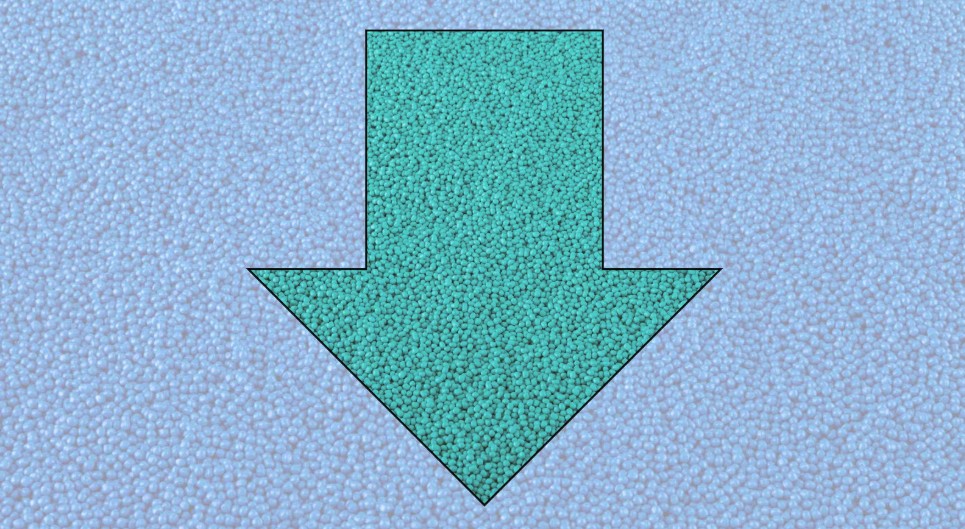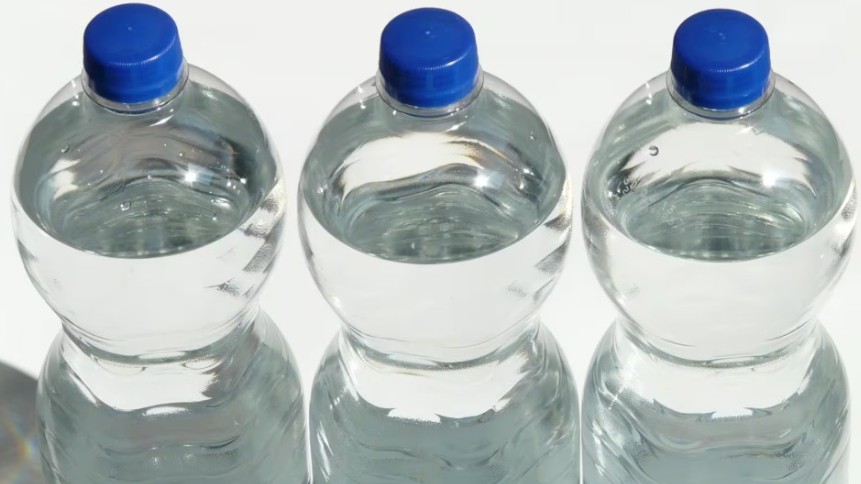Market trends
HDPE, LLDPE drive first-half gains in U.S./Canadian resin sales
작성자 : Aeyoung Park
2018-08-22 |
조회 : 4160
HDPE, LLDPE drive first-half gains in U.S./Canadian resin sales
The impact of new North American polyethylene resin capacity began to be felt in sales totals for the first half of 2018, with both high and linear low density PE posting big gains.
U.S./Canadian sales of HDPE jumped 8.8 percent in that six-month period, according to the American Chemistry Council, with LLDPE sales booming 16.3 percent. Exports played a big role in this growth, with LLDPE exports up an astonishing 60.2 percent and HDPE exports leaping 18.9 percent.
Domestic market growth for those materials also exceeded that of U.S. GDP. HDPE sales into the domestic market were up 6.5 percent in the first half, with domestic LLDPE sales up 4 percent.
Among major HDPE markets, sales into gas pipe were up 23 percent, with water pipe up 16 percent for the half. In end markets for LLDPE, sales of the material into shipping sacks were up 10 percent.
North America has added more than 6 billion pounds of annual PE production capacity since mid-2016 through major expansions from Nova Chemicals Corp., Dow Chemical Co., ExxonMobil Chemical Co. and Chevron Phillips Chemical. In total, North American PE production capacity is expected to add 26 billion pounds between 2017 and 2022.
The discovery of newfound supplies of shale-based natural gas in the region in the last decade have made these expansions possible. Most of this new capacity has been in the form of HDPE and LLDPE.
U.S. PE exports "can ramp up very quickly when world crude oil prices rise as they did in the first half of 2018 compared to the same months in 2017," said Phil Karig, managing director of the Mathelin Bay Associates LLC consulting firm in St. Louis.
"Crude oil prices were up over 30 percent year over year, while U.S. natural gas prices were mostly down during the same time period," he added. "As a result, many foreign PE buyers found U.S. PE prices attractive, while U.S. PE producers had less reason to lower domestic prices, even in the face of new production capacity."
Esteban Sagel, principal of the Chemical & Polymer Market Consultants consulting firm in Houston, said that "looking at PE, the domestic growth rates would be reflective of a strong domestic market, which I believe is the case."
"The economy is improving, employment is up and confidence is high," he added. "Growth in pipe in HDPE is understandable, as we work in a lot of shale-related infrastructure."
Harvey hits pricing
In PE pricing, strong demand and the unexpected prolonged effects of Hurricane Harvey into the spring supported higher post-hurricane price increases, according to Mike Burns, PE market analyst with Resin Technology Inc. in Fort Worth, Texas.
"Resin processors who expected Q1 discounts were surprised when prices increased in February and have lasted for the most part into the summer," Burns said.
Burns added that with hurricane-related supply issues resolved and new capacity running at better rates, suppliers will have to rely heavily on a strong export market in the second half of 2018.
"Exports may need to increase as much as 10 percent over the three-year average of 20 percent to maintain a balanced North American supply," he said. "And recent tariffs talks may disrupt the flow of exports until the direction is certain."
An abundant supply of PE "is contributing to U.S. resin export growth in particular," according to Paul Bjacek, market analyst with the Accenture Research in Houston. "This will pull up [LLDPE] shipping sacks as well, as plastics are typically packed in shipping sacks for loading into overseas containers."
First-half sales for other commodity resins represented a mixed bag. PVC sales posted solid gains, while sales of LDPE and polypropylene essentially were flat and sales of solid polystyrene declined.
U.S./Canadian PVC growth of 5.5 percent was powered by export growth of 17 percent. Sales of the material into the domestic market ticked up 0.6 percent. Among major end markets, sales of PVC into extruded windows and doors surged upward by 31 percent in the first half.
Construction growth
The PVC market "is, has been and will continue to be driven by various housing market applications such as vinyl siding, windows and drain and waste pipe," Mathelin Bay's Karig said. U.S. housing starts "were strongly up year over year through May, and though they were down in June, there was more than enough momentum to keep U.S. PVC sales strong during the first half of 2018."
PVC export sales "also benefited from low-cost natural gas, making U.S. producers competitive in the world market, as well as from continued growth in the global economy, including housing," he added. "Looking forward, the big question marks are whether tariff spats and elevated oil prices will cause global growth rates to begin to cool."
Construction has been performing relatively better than manufacturing in the first half, Accenture's Bjacek said, with overall construction spending rising 5 percent. This trend should help explain the strong performance of PVC in construction applications, he added.
LDPE sales ticked up 0.9 percent for the half, as a 0.4 percent export loss weakened domestic growth of 1.4 percent. The nonpackaging film end market, including retail bags and trash and can liners, grew 7 percent.
For PP, North American sales dipped 0.5 percent. A 23.8 percent decline in export sales countered a gain of 0.2 percent in the domestic market. Among major end markets, sales of PP into oriented film were up 17 percent and into injection molded caps and closures were up 7 percent.
Karig said that the PP market "was very much a mirror image of the PE market in the first half of 2018 as it has been for most of the last few years."
PP producers "found themselves suffering from elevated feedstock costs and limited feedstock supply," he explained, "while foreign producers stand ready to ship PP to the U.S. whenever U.S. producers attempt to recover their cost increases or try to increase their margins."
PS slides
U.S./Canadian solid PS sales had a very difficult first half, with overall sales sliding 5.5 percent. Export growth of 19 percent allowed for a slight improvement on a domestic sales slump of 6.1 percent. Sales of solid PS to resellers and distributors provided a bright spot by growing 10 percent for the half.
The resin statistics also reflect a 4.9 percent first-half increase in consumption of nondurable goods, which "tend to do relatively well throughout economic cycles," according to Bjacek.
However, he added, the weaker performance of PP and PS is likely related to their greater share of demand in durable goods, which rose slightly less — 4.6 percent — during that time. U.S. auto production is a notable area of weakness, Bjacek said, declining by 13 percent in this period and likely contributing to weaker PP sales.
Commenting on overall resin sales in the region, Bjacek said that strong resin sales data is linked primarily to robust economic growth, with U.S. real GDP rising over 4.1 percent in the second quarter. In addition, he added, growth is contributing to stronger world demand, as U.S. GDP accounts for more than one-fifth of world GDP.
But "a key risk," according to Bjacek, is the lack of consistently strong durable goods production. "Consumers buy less durable goods when there is uncertainty," he said. "Any declines there can signal the beginnings of a downturn. Producers should watch durable figures and be actively pursuing stronger growth applications, as well as financially strong customers, to protect themselves in a downturn."




















